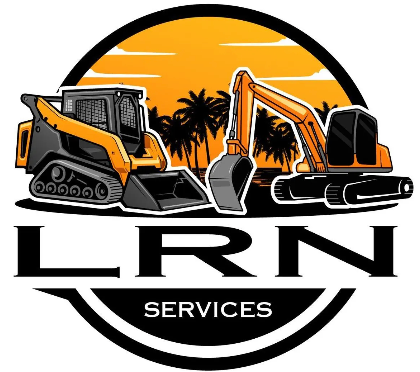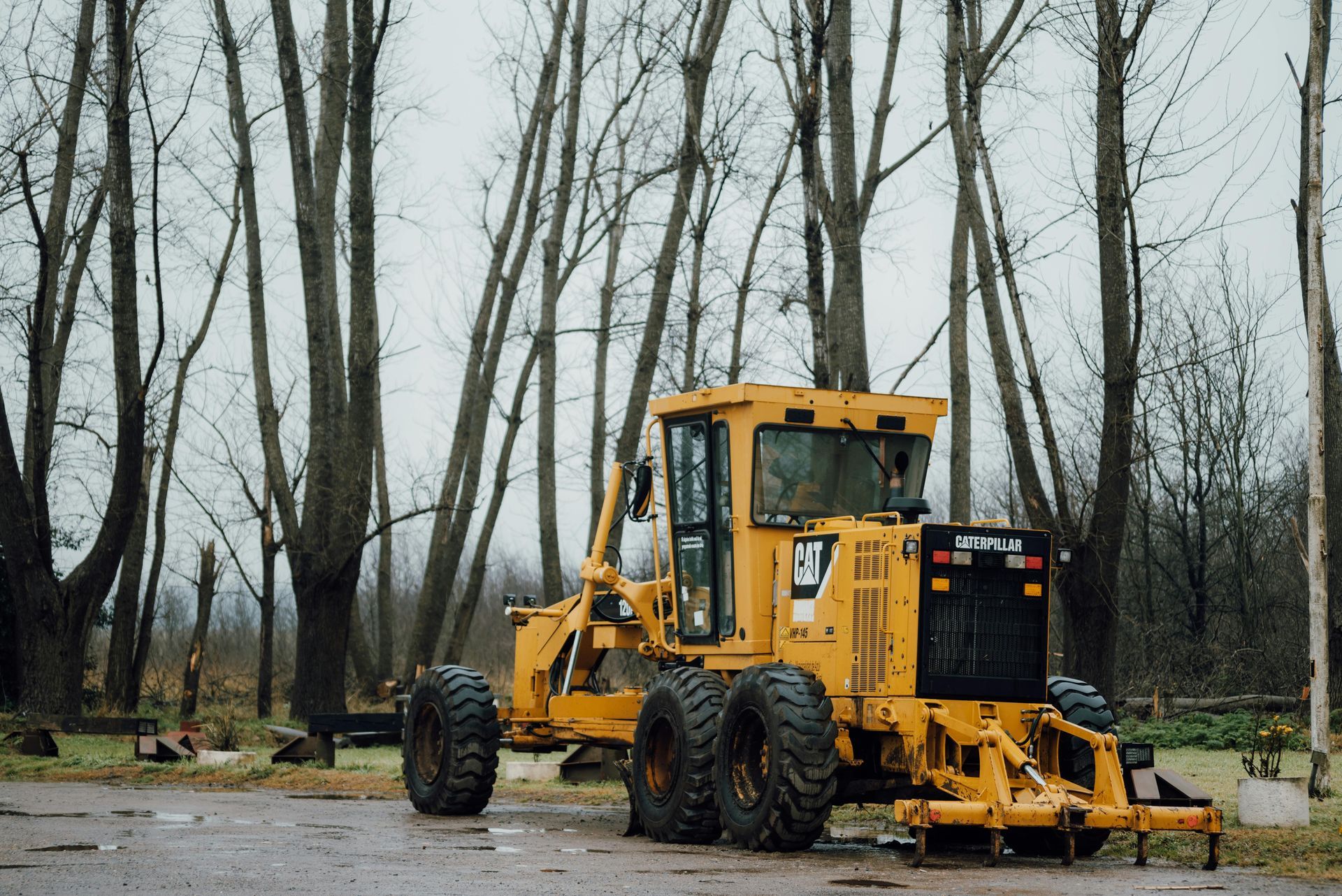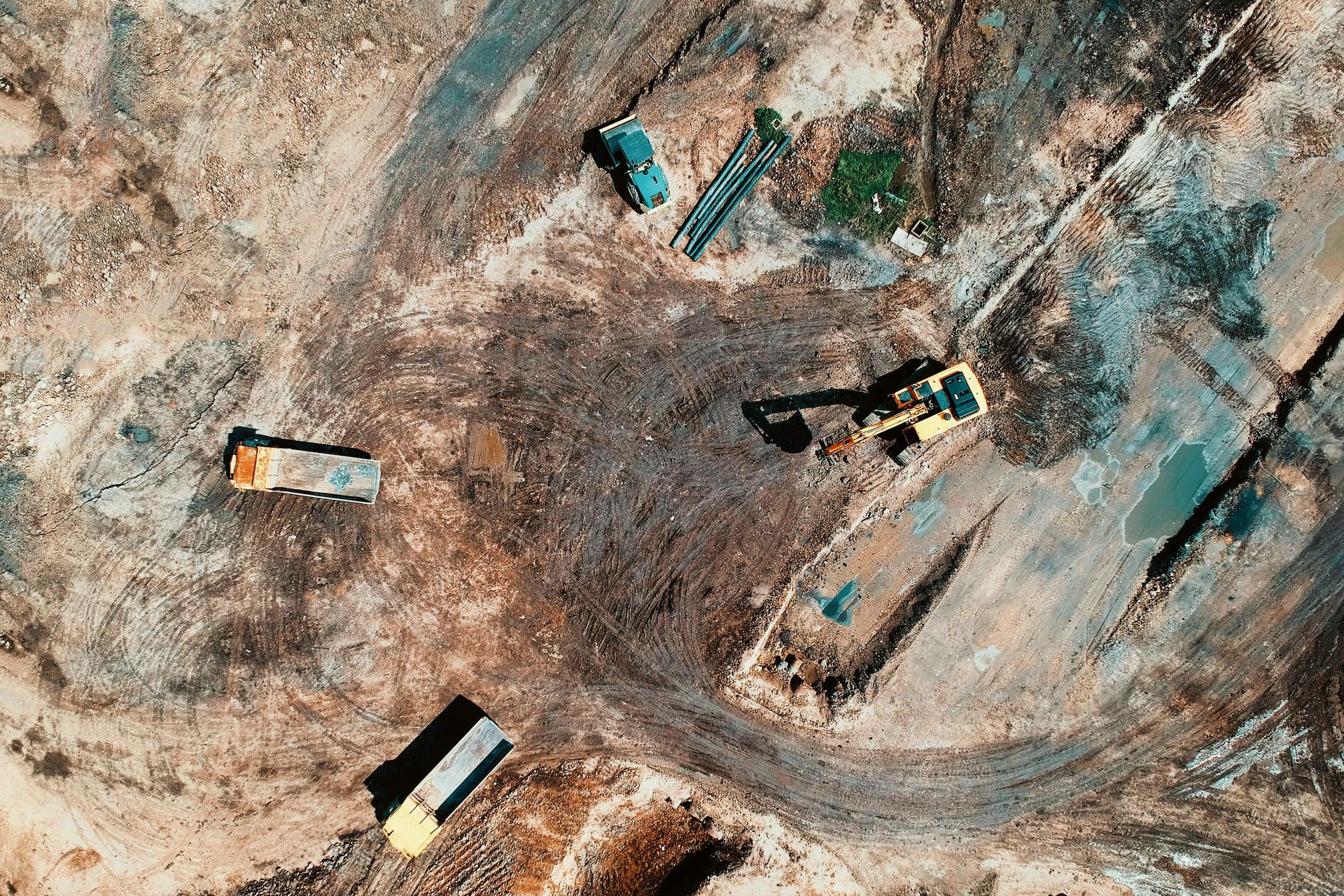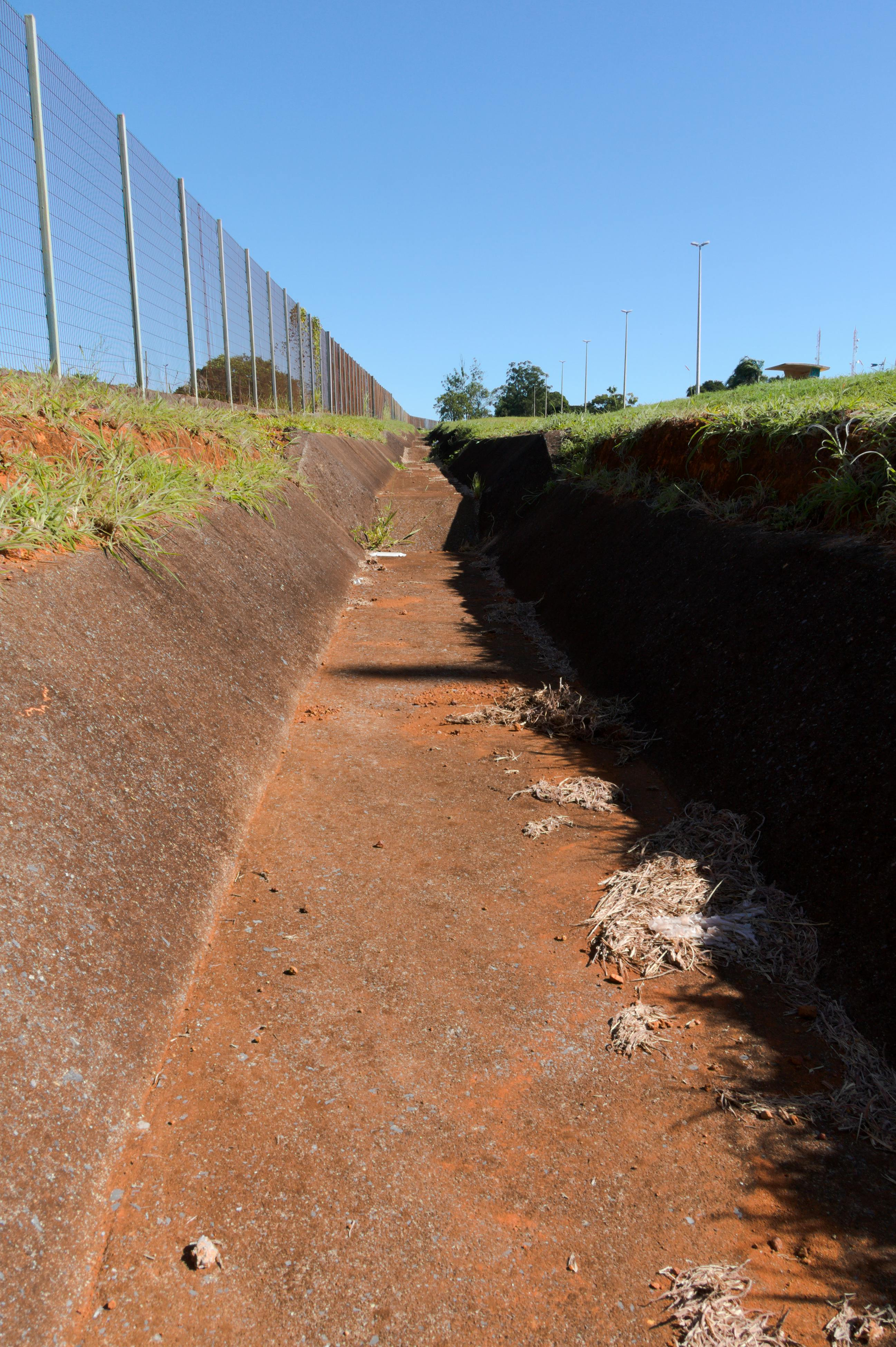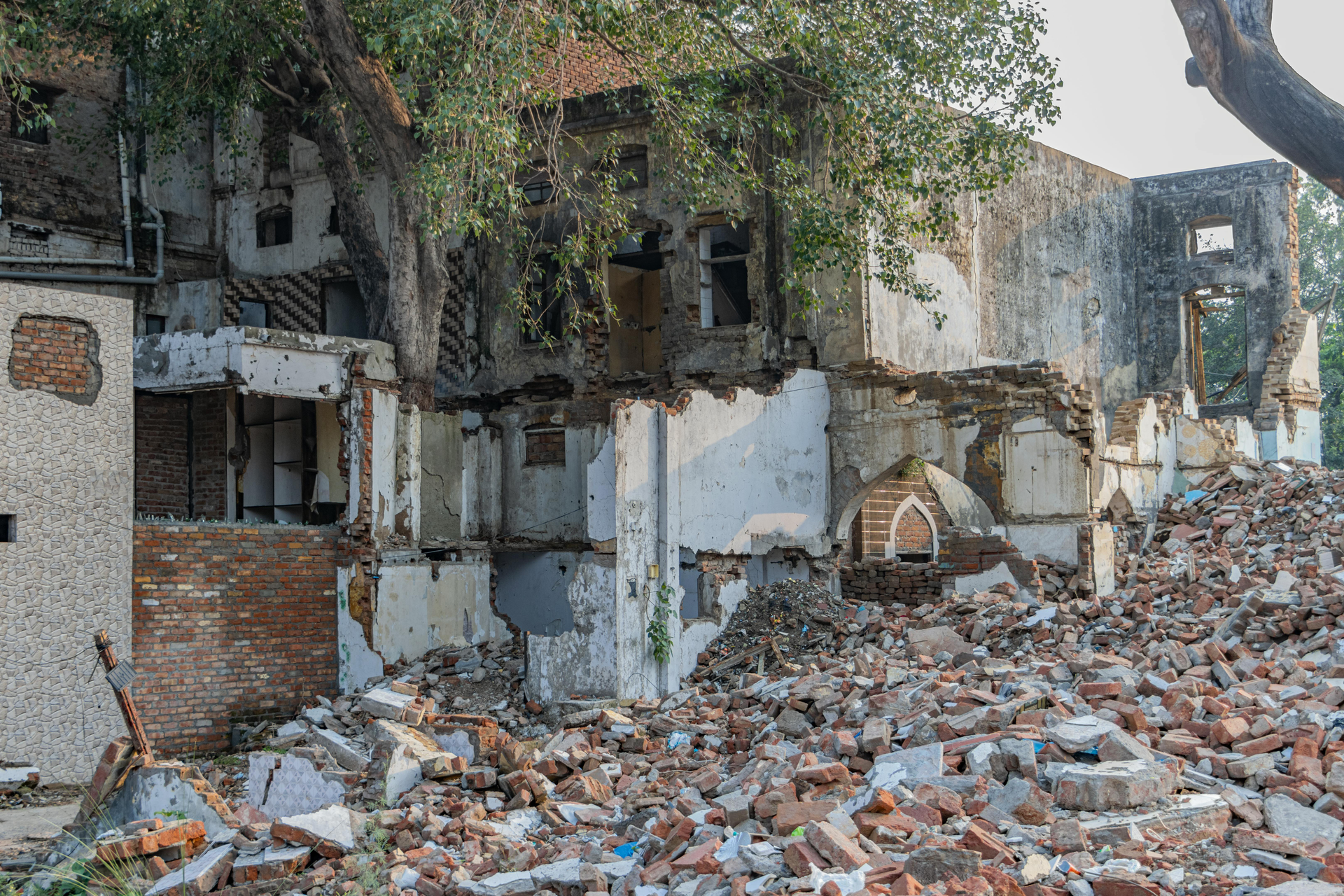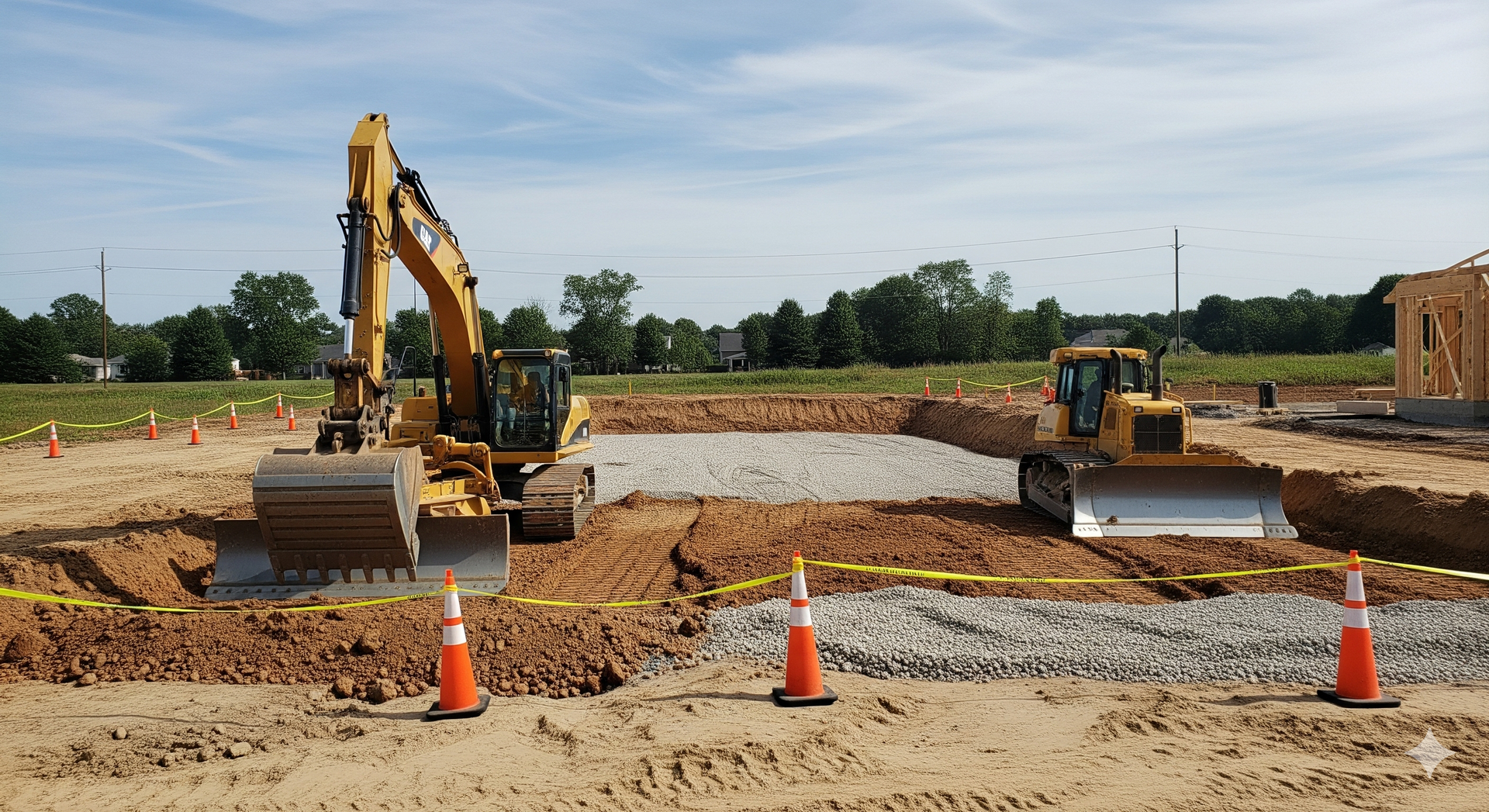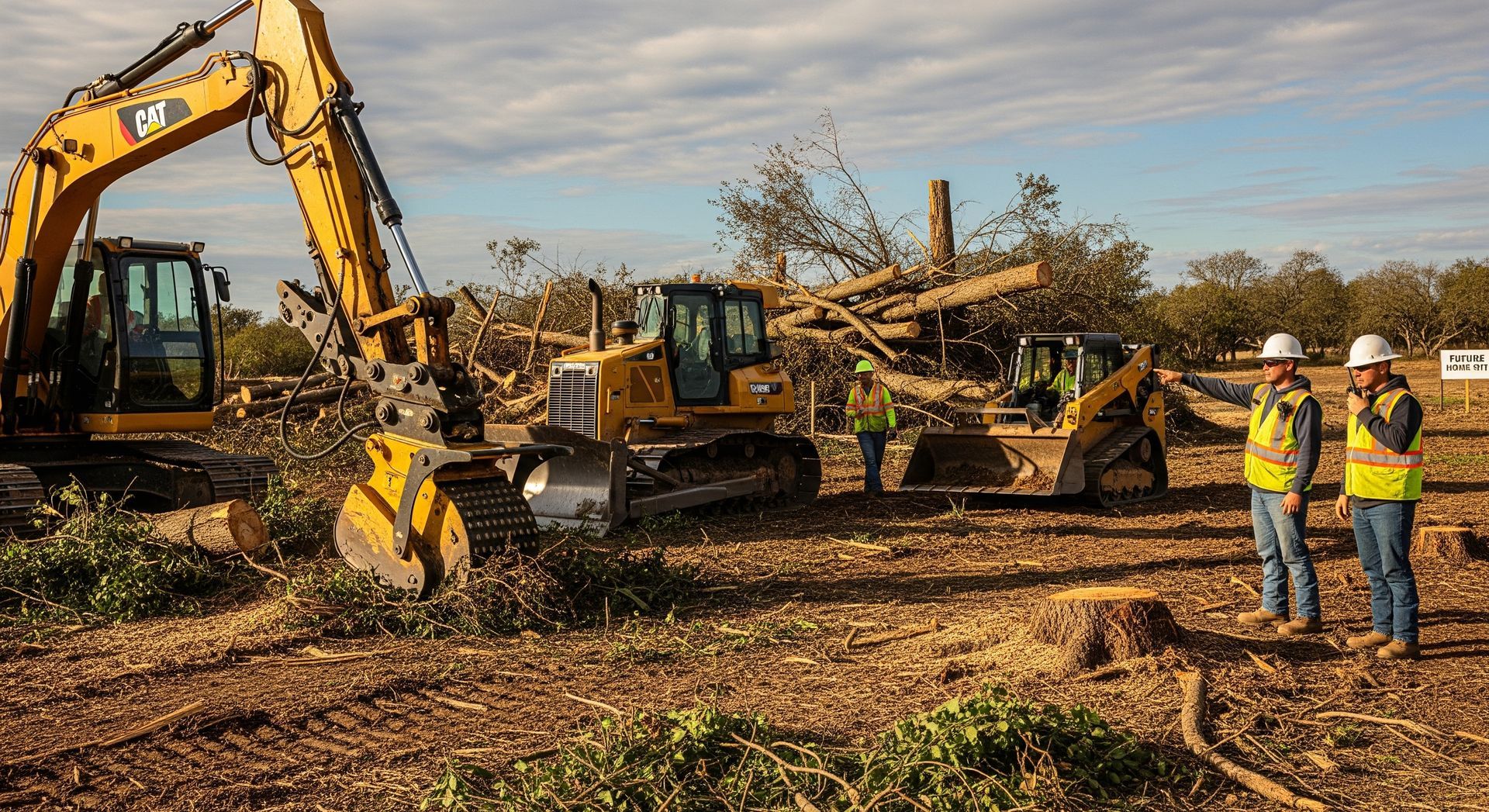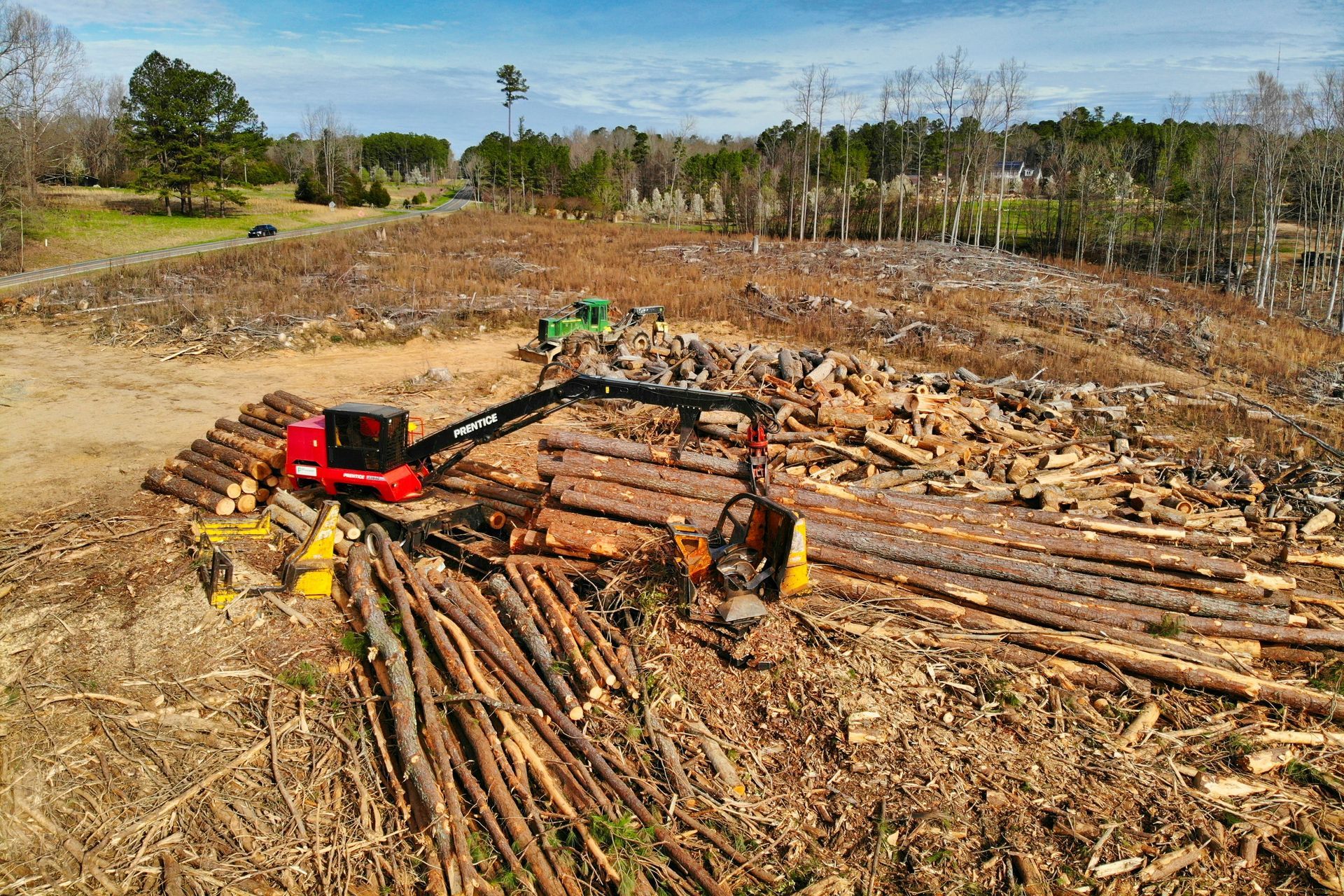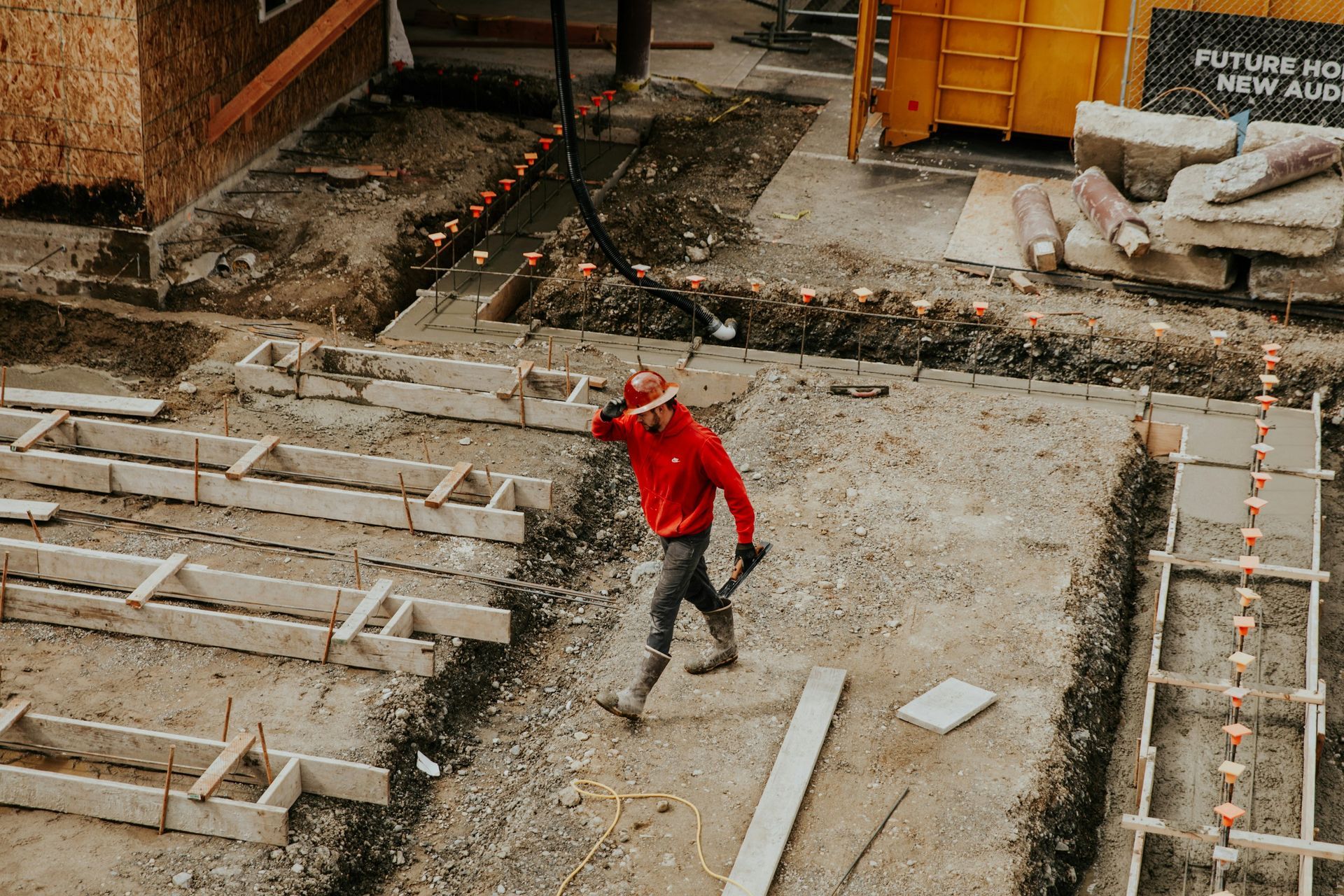What You Need to Know About Grading Your Property in Crestview
Grading your property in Crestview, Florida can be essential to ensure proper drainage, create a stable base for construction, and comply with local codes. Whether preparing for a building, driveway, landscaping, or other development, understanding how grading and excavation services work and what’s required can save you time, cost, and hassle. This article provides a structured guide to help you take the right steps.
Key Takeaways
• Secure required permits and inspections through Crestview’s Growth Management Department.
• Meet Florida Building Code grading standards, including slope away from structures.
• Understand typical cost factors: property size, terrain, soil, debris removal, drainage.
• Comply with erosion and sedimentation control guidelines per the City’s Engineering Standards.
• Hire professionals experienced in Crestview zoning and grading procedures.
• Plan grading as part of an overall site preparation strategy, including clearing and soil testing.
Why Property Grading Matters in Crestview
Grading refers to reshaping or leveling the land to establish proper elevation and slope. This process supports several key objectives:
- Drainage control, by sloping ground away from structures to avoid water pooling
- Structural stability, providing a level foundation for buildings and infrastructure
- Site access, enabling construction vehicles and enhancing safety
- Legal compliance, aligning with both Crestview codes and state regulations
- Erosion prevention, minimizing runoff and sedimentation into waterways
Local Regulations and Permit Requirements
Permit Requirements
Before commencing any grading work, ensure you have the necessary permits. The Crestview Growth Management Department is responsible for issuing building and grading permits. Even if the grading is minor, it is advisable to verify if your site qualifies for an exemption under Florida Building Code Appendix J.
Design and Code Standards
When grading near foundations, a minimum 1:8 downward slope is required. The Crestview Engineering Standards Manual outlines specific requirements for erosion control, dust protection, and stormwater management.
Inspections
Before construction begins, essential inspections—foundation, underground utility, and drainage—must be formally scheduled via the city portal. This ensures compliance, safety, and structural integrity before further building stages.
Step-by-Step: How to Grade Your Property
1. Assessment & Planning
Before grading your Crestview property, a thorough site assessment is essential. Document existing features: vegetation, slope, rocks, stumps, and debris. Identify high and low points for drainage and leveling. Crucially, locate all utilities (water, sewer, electrical, gas, communication) to prevent damage during excavation work.
2. Clear the Land
Prior to land clearing, obtain all necessary permits, which vary by local regulations and project scope, ensuring compliance and preventing legal issues. Once permits are secured, systematically remove all unwanted elements: trees (including stumps), shrubs, undergrowth, and rocks. Finally, collect and responsibly dispose of all debris, preparing the site for development or grading. Learn more about the environmental benefits of land clearing.
3. Hire a Grading Contractor
Choosing a property grading professional in Crestview requires expertise in local regulations, soil, and environmental factors. They should offer site assessments, erosion control, stormwater management, and detailed grading designs considering drainage, foundation, and aesthetics. The professional must also support inspections for compliance. Prioritizing these ensures a safe, efficient, and compliant project.
4. Secure Permits
To obtain a property grading permit in Crestview, applicants must submit their application online through the My Government Online portal. Required documents include a Grading Plan, an Erosion Control Layout, and a Drainage Plan. Accurate submission of these documents will expedite the approval process.
5. Install Erosion Control Measures
Before beginning earthwork, implement environmental protection measures such as silt fencing and stabilizing excavated soil to prevent sediment runoff, control erosion, and minimize dust. These actions are vital for responsible property grading, reducing environmental harm, and ensuring compliance with regulations.
6. Grading Execution
Land grading in Crestview is a vital initial step for property development and landscaping. It involves shaping the land to design specifications, including soil manipulation and the installation of drainage systems. Proper drainage, through various techniques, is critical for preventing erosion, waterlogging, and structural damage, thereby protecting the property and its landscaping. Effective land grading contributes to both the aesthetic appeal and durability of the property.
7. Final Inspection & Stabilization
Before grading, a thorough property inspection by a professional is necessary to assess soil, drainage, and erosion risks. After grading, permanent stabilization measures like sod, grass seed, or ground cover should be implemented to prevent erosion and ensure long-term integrity, with the method chosen based on climate, aesthetics, and property needs. If structures were removed during site prep, this may also involve demolition services as part of the overall project plan.
Typical Costs of Grading in Crestview
| Task | Typical Cost Range (USD) |
|---|---|
| Basic Land Grading | $1,000 – $2,500 |
| Complex Terrain Grading | $3,000 – $6,000 |
| Soil Stabilization | $500 – $1,500 |
| Drainage Installation | $1,500 – $3,500 |
| Debris Removal | $300 – $800 |
| Permit & Inspection Fees | $200 – $500 |
Frequently Asked Questions
Do I always need a grading permit in Crestview?
Crestview's Growth Management requires land grading permits to prevent stormwater, erosion, and property damage. Non-compliance results in stop-work orders, fines, and legal action. Confirm details with the department; proactive engagement ensures compliance and protects investments.
How much slope away from a building is required?
A minimum 1:8 slope away from a foundation is crucial for proper grading, ensuring effective water drainage and preventing foundation damage, basement flooding, and moisture issues. This means for every 8 feet from the foundation, the ground must drop at least 1 foot.
What erosion controls are required?
Before grading in Crestview, implement a thorough erosion and sediment control plan. This includes silt fencing, inlet protection for storm drains (e.g., straw wattles), and dust control (watering). After completion, ensure final stabilization with permanent vegetation to prevent long-term erosion.
Can I do grading myself as a homeowner?
Crestview property owners need permits, detailed plans from qualified professionals, and inspections for land grading, drainage, construction, or landscaping to avoid penalties and ensure compliance. Researching regulations and consulting local planning or experienced contractors is advised.
How long does a grading permit review take?
Contact the city department early for a project timeline. Timeframes vary by project, regulations, and workload. Early estimates aid planning and resource allocation.
Final Thoughts
Grading your Crestview property is a critical step whether you plan to build, landscape, or improve drainage. By understanding permit requirements, cost factors, city codes, and best practices for erosion control and slope, your project can move smoothly and safely. Always engage with Crestview's Growth Management Department early and consider professional site preparation services. You can also explore examples of completed work in our project gallery for inspiration and confidence.
Have questions or are you ready to get started?
Contact us today for expert guidance and a free consultation.
